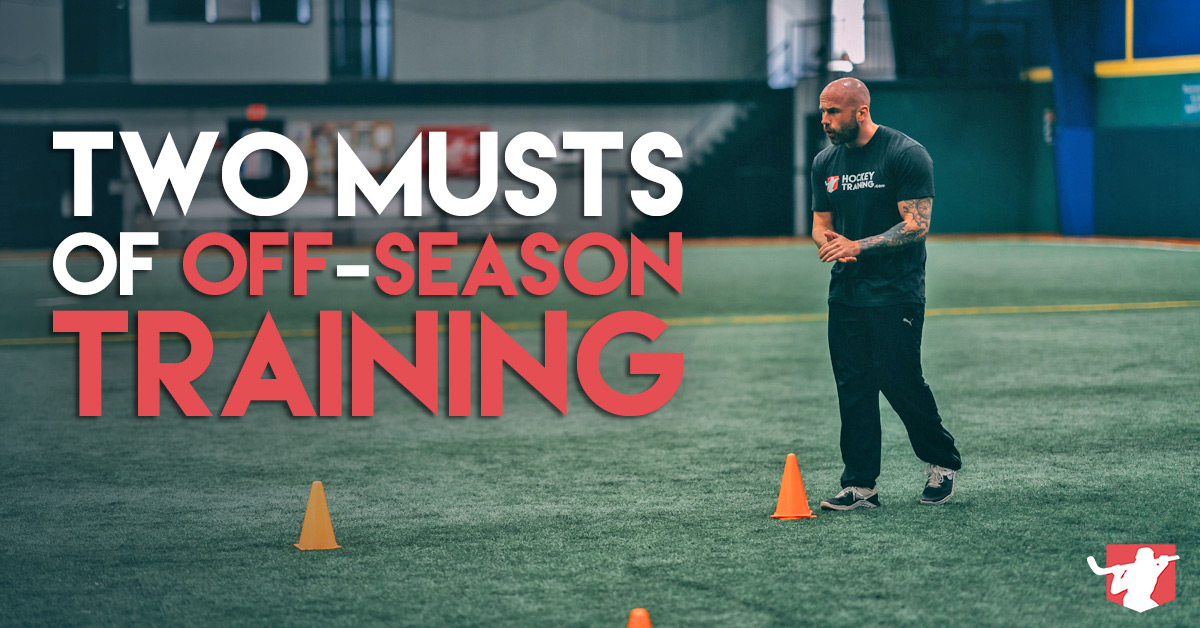In this article, I am going to be running you through the two absolute “musts” surrounding your off-season hockey training that you need to have in place if you want to become a better hockey player.
If you’re new here, you’re going to want to bookmark How To Schedule Your Off-season Training and The Off-season Hockey Training Guide as well if you want to get all of your homework done for the year.
But for now, I want to point out two main pillars that you can’t miss when setting up your training this year.
#1: Periodization
Periodization is the intelligent organization of your training phases so that you can guarantee everything you’re doing in the gym is logically and progressively transforming you into a better hockey player.
The science behind periodization runs extremely deep, and the reality here is that full textbooks have been dedicated to this topic alone.
Periodization is almost always how great coaches separate themselves from good coaches.
Good coaches have their athletes do “hockey exercises” and “hockey workouts”, but they lack the big-picture viewpoint of structuring your training to meet a precise endpoint.
Every phase should have a specific goal for a specific reason at that specific time in your off-season, beyond this, every phase should constantly be building upon the last phase in all relevant hockey performance proxy measurements.
Aerobic conditioning, anaerobic conditioning, strength, power, speed, mobility, structural balance, agility — among any other factor you can think of.
If you aren’t periodizing it, don’t be surprised when you don’t get better at it.
Put very simply;
A “macrocycle” represents your off-season as a whole.
A “mesocycle” represents the different phases of training (typically 4-6 weeks blocks) throughout your off-season.
And a “microcycle” represents the workouts within the current mesocycle.
Here’s what this year’s HockeyTraining.com Off-season Domination 2019 program looks like from a big-picture periodization perspective:
Macrocycle: Off-season
Mesocycles:
- Transitionary Phase + High-Performance Hockey Assessments
- Structural Integrity + Hypertrophy
- Hypertrophy + Strength
- Functional Strength
- Explosive Power + Retest of High-Performance Hockey Assessments
- Power Endurance
- Peak Performance
The hockey players who go through the program are logically and progressively run through 7 different mesocycles in a specific order to ensure the success of the goal of the macrocycle (become an all-around better hockey player).
Each mesocycle has a distinct goal and the manipulation of training volume, intensity, frequency, and density within the prescribed weight training, speed, and conditioning programming successfully accomplishes that goal before moving into the next phase.
Beyond this, when organized properly you can eliminate the potential for psychological burnout.
Burnout only happens to the athletes who aren’t programming properly.
If you are burning out it’s because you’re not recovering, and if you’re not recovering your periodization needs some work (and by some, I mean a lot).
Don’t fall into the trap of thinking that exercises and workouts will make you better.
A tool is only ever as good as it is applied.
Just like you wouldn’t pick up a screwdriver to do a hammer’s job, some exercises and workouts (components of the microcycle) have no place in what the purpose of your current mesocycle should be.
A collection of sets and reps doesn’t mean it’s a hockey workout.
A series of random hockey workouts doesn’t mean it’s a hockey program.
And a series of hockey programs doesn’t mean it’s a well-designed macrocycle.
Periodization will make or break you.
Don’t “wing” this.
#2: You Need To Make A Commitment
In modern times, too many hockey athletes want the result but don’t want to commit to the process.
It’s like they have this “microwave mindset” when it comes to their training. People put pre-packaged crap in the microwave for 30 seconds and then see the finished product right away.
The oven, on the other hand, will require time, patience, and a recipe process to prepare the meal.
In the end, you get a much healthier and tastier meal — comparing it to something in the microwave isn’t even close.
This is the battle that coaches face with athletes, and you need to give your head a shake and make a commitment.
A TV dinner might heat up quick, but making serious progress this off-season won’t.
There are no shortcuts to anywhere worth going.
I want you to imagine you’re pushing a rock up a mountain.
One grueling step after another, that rock is slowly being pushed up that brutal mountain.
There are lessons to be learned here from every single step.
It’s not even about getting to the top, it’s about putting every last ounce of effort you have into just taking the next step.
Every day you’re going to run into new challenges, this is inevitable. But no matter what, you have to push that rock one more step. Put everything that you have into that one task.
Every time a challenge is thrown at you this off-season you will overcome it by simply taking one more step.
This “one more step” mentally to overcoming obstacles creates a certain growth and confidence that happens internally which makes the next challenge just a little bit easier to get through.
When you learn to embrace this grind you will callous your mind to the daily challenges and won’t even flinch when they come at you to try and take you off your path.
I have recorded so many videos and podcasts on mindset and have written extensively about mindset in the past as well because I wholeheartedly believe that it prepares the hockey athletes who follow my work for the road ahead.
If I can get you to think this way, day in and day out; when the right opportunity comes your way you will be ready and willing to perform at your absolute best no matter what.
It’s just one more step with another rock.
Just as importantly, this mindset helps you face anything in the real world. The hockey mindset is a lifestyle and not just something you can turn on or off.
Make a commitment to your 2019 off-season today, and let’s take that first step.

